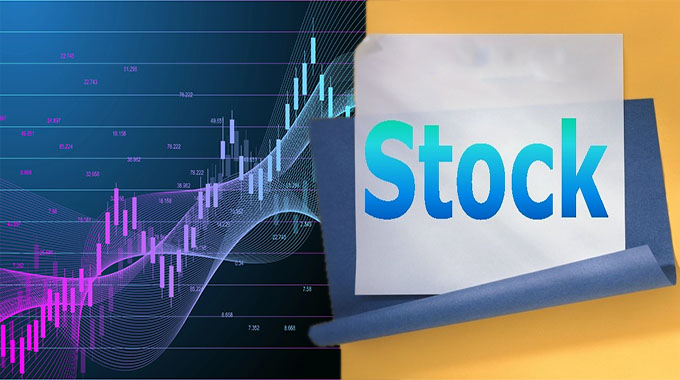For anyone looking to invest in the stock market, there are a few things that they should know. While professional investors can track the data of companies and sectors on a daily basis, most individuals cannot keep up. Individual investing requires a great deal of knowledge, time, and inclination. Read on to learn more about the basics of the stock market. You can then start making your own stock market portfolio. Listed below are a few tips for getting started.
Regulations of the stock market
The Regulations of the Stock Market are the rules and regulations that govern the trading and buying of stocks. According to these rules, no stock price should change more than the upper and lower price change limits. The price change limit is determined by the base price minus the price change limit, and it must be within the limits. A stock price must not change more than 1% from the opening price to the closing price. There are many other rules and regulations that apply to the market.
It is necessary to comply with these rules to be a member of the market. Competent persons must follow these rules, and these regulations also apply to the stock market society. Moreover, stock market societies must put in place all necessary measures and contingency plans for any unforeseen situation. Therefore, the Regulations of the Stock Market can help in protecting the interests of all participants in the market. And, in case of any violation, the Commission will take legal action against the listed corporation and will notify the prosecutor’s office of the case.
Characteristics of the stock exchanges
The stock market is an open, transparent, and organized market in which stocks and other securities are bought and sold. The market also helps investors invest their money in businesses that make money. Because of these benefits, it is a popular option among investors. In addition to making investments easier, stock exchanges also provide liquidity. They allow profit-making companies to raise capital through a process known as “buying and selling.”
However, the nature of the stock market makes it difficult to select a suitable model. The SVI variable offers the best performance and highest gains for investors. This variable is sensitive to the volatility of a particular country’s stock market. These characteristics are based on the market’s behavior and the type of stocks that are traded. The research community faces the challenge of choosing the best model for the stock market. Several factors must be considered, including the level of sensitivity to ranking criteria.
Characteristics of the NYSE
The NYSE is a large equities exchange that operates in continuous auction mode. Traders participate in these auctions by executing stock transactions on behalf of investors. NYSE member firms hire specialist brokers to act as auctioneers. They disseminate information to the crowd and commit capital. As a result, the NYSE is able to offer the tightest quoted bid/ask spreads.
The New York Stock Exchange is the world’s largest exchange for stocks and exchange-traded investments. It operates through a complex auction system between three parties, which has helped it earn world-wide reputation. Amena Gibson is a senior at UNC-Chapel Hill, where she studied business administration and journalism. She has interned with Bloomberg News and writes about stock market topics for the Associated Press and The New York Times.
The NYSE also maintains a physical trading floor on Wall Street. However, a large portion of trading is done electronically through the NYSE’s data center in Mahwah, New Jersey. The NASDAQ, on the other hand, does not have a physical trading floor, and conducts all trading electronically. The NYSE market has a relatively low entry barrier, which may be attractive for some growth companies.
Characteristics of the NASDAQ
The Nasdaq Composite Index is one of the most commonly used stock market indexes, and it reflects the largest industries, including computers, software, communications, retail, wholesale trade, biotechnology, and financial services. The Nasdaq has experienced a remarkable rise in the past two years, as the growth of tech companies has driven the stock’s value higher. From the market bottom in 2010 to its peak in late February of 2021, the Nasdaq composite index gained 135.1 percent, and in mid-March of 2022, it had fallen twenty-one percent. Although it has risen slightly since then, it is currently down 16.9%, which is lower than the all-time high in August 2007.
The Nasdaq uses computer networks to trade stocks. Companies on the NYSE are typically large, well-established companies with a long-standing reputation. The Nasdaq is the most volatile stock exchange, with stocks like Apple, Microsoft, and Walmart appearing prominently on the market. But Nasdaq stocks are made up of many newer businesses and start-up companies, making them riskier investments for some investors.













